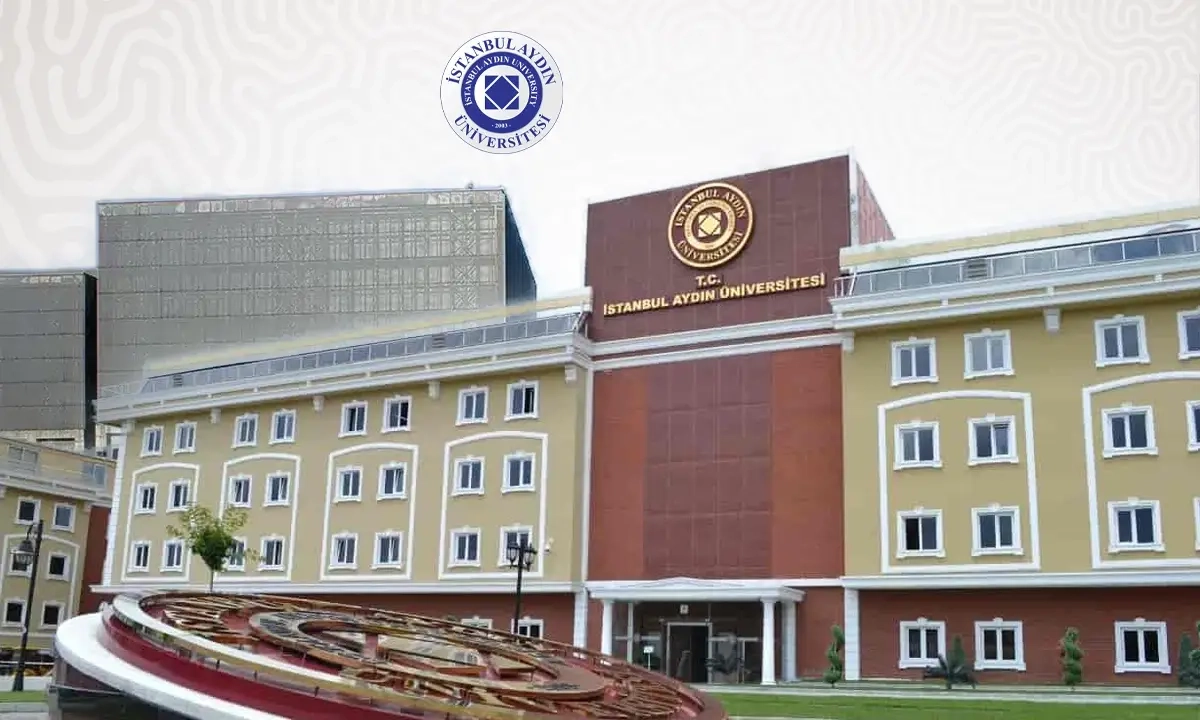Faculty: Education
This specialty provides a comprehensive understanding of the principles and practices of translating between Spanish and Turkish, focusing on linguistic, cultural, and artistic aspects. Students will explore key areas such as translation theory, specialized translation (e.g., legal, medical, and literary), and the use of translation tools. The program emphasizes linguistic proficiency, cultural competence, and practical skills to prepare students for careers in translation, interpretation, and related fields.
Learning Objectives:
- Develop advanced proficiency in Spanish and Turkish.
- Understand the principles of translation theory and practice.
- Learn techniques for translating different types of texts (e.g., legal, technical, and literary).
- Explore cultural differences and their impact on translation.
- Gain proficiency in using translation tools and software.
- Analyze challenges and solutions in Spanish to Turkish translation.
- Develop critical thinking and problem-solving skills for real-world translation tasks.
Main Outline:
- Introduction to Translation Studies
- Overview of translation theory, its history, and role in global communications.
- Language Mastery and Linguistics
- Advanced grammar, vocabulary, and syntax in both Spanish and Turkish.
- Techniques to enhance language skills and accuracy.
- Translation Techniques and Strategies
- Basics of translation methods (e.g., literal, free, and adaptive translation).
- Techniques for handling idiomatic expressions and cultural references.
- Specialized Translation
- Translating legal and official documents (e.g., contracts, certificates).
- Medical and technical translation (e.g., manuals, reports).
- Literary and creative translation (e.g., novels, poetry).
- Cultural Competence in Translation
- Understanding cultural contexts and their impact on translation.
- Techniques for adapting content to target audiences.
- Translation Tools and Technology
- Using computer-assisted translation tools (e.g., SDL Trados, MemoQ).
- Techniques for managing translation projects and glossaries.
- Editing and Review
- Principles of reviewing and refining translated texts.
- Techniques to ensure accuracy and consistency.
- Ethics and Professional Practice
- Overview of ethical considerations in translation.
- Techniques for maintaining professionalism and confidentiality.
- Emerging Trends in Translation
- Exploring machine translation and post-editing.
- Techniques for adapting to technological advancements in the field.
- Practical Translation Projects
- Real-world translation tasks and case studies.
- Techniques for meeting client expectations and deadlines.
Assessment Methods:
- Translation assignments and projects in various fields.
- Written exams on translation theory and techniques.
- Use of computer-assisted translation tools and software in practical exercises.
- Participation in group discussions and peer reviews.
Recommended Textbooks:
- "In Other Words: A Coursebook on Translation" by Mona Baker.
- "Translation: An Advanced Resource Book" by Basil Hatim and Jeremy Munday.
- "The Translator's Invisibility" by Lawrence Venuti.
- "Computer-Aided Translation Technology: A Practical Introduction" by Lynne Bowker.
Prerequisites:
Proficiency in Spanish and Turkish is required. Suitable for students in linguistics, translation, and related fields.
Duration of Specialization:
Typically two to three years, including practical translation projects and internships.
Certification:
Graduates may earn a degree or certificate in applied Spanish to Turkish translation, depending on the program and institution.
Target Audience:
Translators, linguists, and aspiring professionals seeking specialization in translating Spanish to Turkish for work in translation agencies, international organizations, or freelance work. This specialization equips students with the linguistic, cultural, and technical skills necessary to excel in the translation field, bridging communication gaps between Spanish and Turkish speakers in a globalized world.

